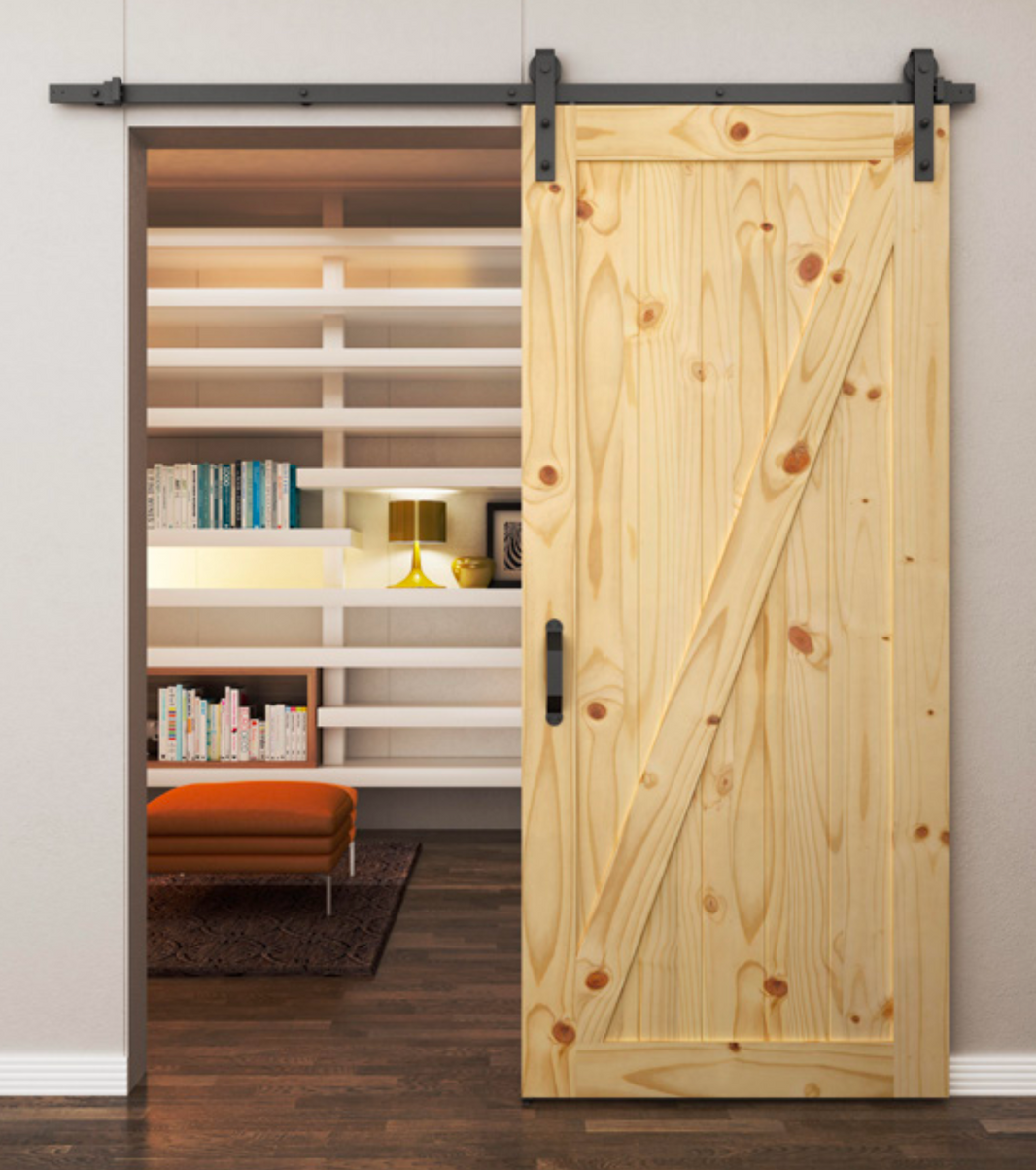Navigating the world of doors can be overwhelming, especially if you’re not familiar with the terminology. At Frameport America, we aim to demystify some common terms to make your door shopping experience smoother and more enjoyable. Here’s a handy guide to the essential door terminology you should know.
1. Stiles and Rails: Stiles are the vertical components of a door, while rails are the horizontal pieces. Together, they create the frame of the door. In panel doors, the stiles and rails form the structure that supports the panels in between. Our doors, designed with attention to detail, showcase beautiful craftsmanship that enhances any home's aesthetic.
2. Panels: Panels are the flat surfaces that make up the door’s face. They can be solid or hollow, and their design can vary widely, from flat to raised or even carved patterns. The choice of panel style can significantly affect the door’s overall look, and Frameport America offers a variety of designs to suit different tastes.
3. Bore: The bore refers to the hole drilled into the door for the doorknob or handle. Standard sizes are typically either 2 1/8 inches or 1 inch in diameter. Knowing the bore size is crucial for selecting hardware to ensure a proper fit, which is why our doors are engineered with precision.
4. Backset: The backset is the distance from the edge of the door to the center of the bore hole. Standard backsets are either 2 3/8 inches or 2 3/4 inches. This measurement helps determine which locks and latches will fit correctly, ensuring your door functions perfectly.
5. Threshold: The threshold is the strip at the bottom of the door frame that the door closes against. It helps seal the space between the door and the floor, providing insulation and preventing drafts. A well-designed threshold contributes to energy efficiency, which is important in today’s homes.
6. Hinge: Hinges are the hardware that allows a door to swing open and closed. They come in various styles and finishes and are essential for the door’s function. At Frameport America, we ensure our hinges are durable and stylish, enhancing both form and function.
7. Frame: The frame is the structure that holds the door in place, including the head (top), jambs (sides), and sill (bottom). Choosing the right frame is crucial for ensuring a proper fit and function, and our frames are designed to provide long-lasting support.
8. Casing: Casing is the decorative trim around the door frame, often used to cover the gap between the wall and the door frame. Casing comes in various styles and materials, allowing for personalization and design flair, which can elevate the overall look of your entryway.
9. Weatherstripping: Weatherstripping is the material applied around the door to seal gaps and prevent air leaks. It’s essential for energy efficiency, helping to maintain the temperature inside your home and reduce energy costs. Our doors are equipped with weatherstripping options that enhance comfort and performance.
10. Flush Door: A flush door is a flat door with no panels or designs, creating a clean, minimalist look. These doors are often used in contemporary designs and can be made from various materials, including wood, fiberglass, or metal. At Frameport America, we offer a range of flush doors that complement modern aesthetics.
Understanding these terms can empower you as you explore your options for new doors. We’re committed to providing a variety of styles and materials that cater to your design preferences and functional needs. Whether you’re looking for a classic wooden door or a sleek flush design, our knowledgeable team is here to help guide you every step of the way.





